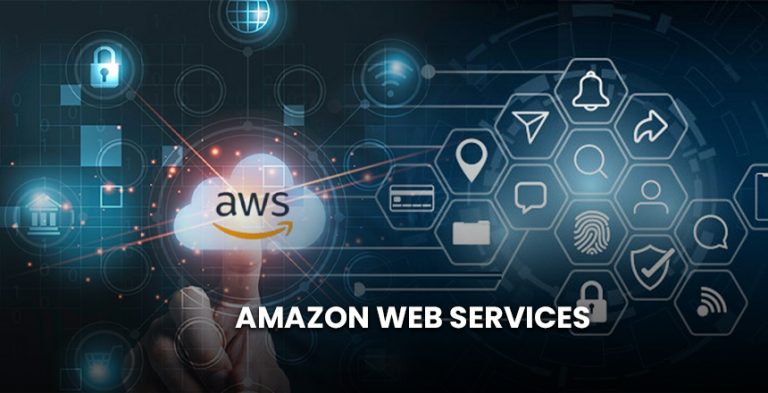The Step-by-Step Guide to Hiring Your First Digital Marketing Employee
As more organizations shift to work-from-home policies, the digital marketing teams are doing
their work from various locations other than the office. Creating a high-performing remote
marketing team comes with its struggles but, at the same time, affords options to access the
correct, top-shelf talent in addition to offering flexibility that could be a source of your company’s
edge. In the coming guide, we will offer practical recommendations on how to create your
remote digital marketing team.
Define Your Needs and Goals
When sourcing for the best talent for remote marketing positions, you should identify the skills
and tasks you require to execute your business strategy. List down the major roles, be it content
writers, social media strategists, PPC specialists, et al. Defining your requirements will help in
drafting specific job ads that can help you achieve your objective when hiring. Also, establish
what collaboration technologies you will have executed in order to manage the work and
communication processes of the distributed team.
Hire independent working professionals.
When recruiting remote marketers, be sure to search for employees who will be able to manage
their tasks and work with little supervision. By using sample assignments during the recruitment
process, you can assess their work and time management skills, decision-making skills, and
capacity to satisfy deadlines. Independent workers also perform well in remote groups where
you cannot monitor what they are doing most of the time. Good hiring decisions are important
for successful remote workers to be productive.
Evaluate Communication Skills
With a dispersed team, there is a greater reliance on electronic means of working as compared
to face-to-face interaction. Make sure that you find out if the employee that you are picking for
the job is a nice communicator; otherwise, in life, he will not even be able to communicate well
when he sits at his desk. Select individuals that self-start and check-in when they are working
on a project, who are active, engaged, and able to communicate essential information to
colleagues and supervisors via instant messaging, e-mail, and phone.
Ensure that new members of the team are well-oriented.
Going through a comprehensive orientation procedure that will ensure new employees working in your marketing department get adapted to the predefined marketing channels as soon as they join your company. Pair them with someone from the team they can follow and spend as much 1-on-1 calendar time with detailed screen sharing of your methodologies, processes, tools, and key contacts. Explain all roles and expectations in detail in their first few weeks and then follow up often to make sure they have everything they need to be as productive as possible soon after they start.
Set clear goals and metrics.
It is also important to set objectives such as lead generation goals for each marketer, content
creation timelines, and KPIs that can be measured with regards to each of the digital marketing team
members. Through Asana, Trello, or ClickUp, it is possible to establish the skeletal structures of
the tasks, goals, and reports that give insights into what the remote staff is working on.
Particularly in large teams located in strips across the country, goal setting and agreed success
metrics help motivate staff who can easily feel disconnected from the office.
Foster Team Collaboration
Pay special attention to the opportunities for team building for remote teams and groups.
Establish mechanical fillers: non-work-related video conferences for the team to converse/boot
and virtual entertainment such as quizzes to prompt innovation and camaraderie. Digital
watercooler moments help to share ideas, to give team members recognition, as well as to have
fun occasionally in breach of geographical distance. Do not close the access to informal
communication tools such as Slack, and always recognize team success to boost morale.
Provide the Right Tools
Make sure your marketing team has what they need regarding updated remote work tools they
will require within the project for effective organization and completion. Google Suite can be
used for document and content collaboration, while Harvest can be used for time tracking with
possibilities towards instant messaging, which can be with Slack or MS Teams, and lastly,
Asana for work management. Premium tools show dedication to ensure the conditions are met
to establish remote employees for success. Co-ordinate and standardize around things that are
remotely productive to enhance process effectiveness.
Team Members Should See Each Other Now And Then
Most interactions will be done virtually, but try to go to the remote workers IF possible once in a
while. But simply once or twice a year to meet the face-to-face—it is good to show for a while to
management and colleagues even if they work remotely. It is recommended to also use site
visits in order to have the dispersed team members learn from their counterparts in other
centers by spending some time with them to understand their area of operation. Face-to-face
team interactions help in building interpersonal relations and cross-fertilizer of ideas that will
enhance teamwork.
Refine as You Grow
It is well understood that developing an outstanding remote marketing team requires time andconstant learning. Make every necessary adjustment that may be made quickly, considering that changing processes that are not working effectively can be done easily and addressing collaboration issues through implementing tools or training. Regularity and actively request information about the level of engagement in your remote team’s work, what hinders them, and what can be done to make the process go more smoothly. By applying the experience that you have received from your staff to improve your remote management strategy, you will have a highly performing marketing team.
Conclusion
Identifying quality talents in the area of digital marketing and persons who can effectively work in
different locations requires certain planning. Be very clear with your specifications, screen all
self-directed employees accordingly, encourage team unity by being available for constant
communication, and ensure that an employee gets what they require to perform anywhere.
When you establish the organizational structure for providing support to your staff to perform
effectively when working from home, you get access to talent that can grow your marketing
function beyond your physical location.








